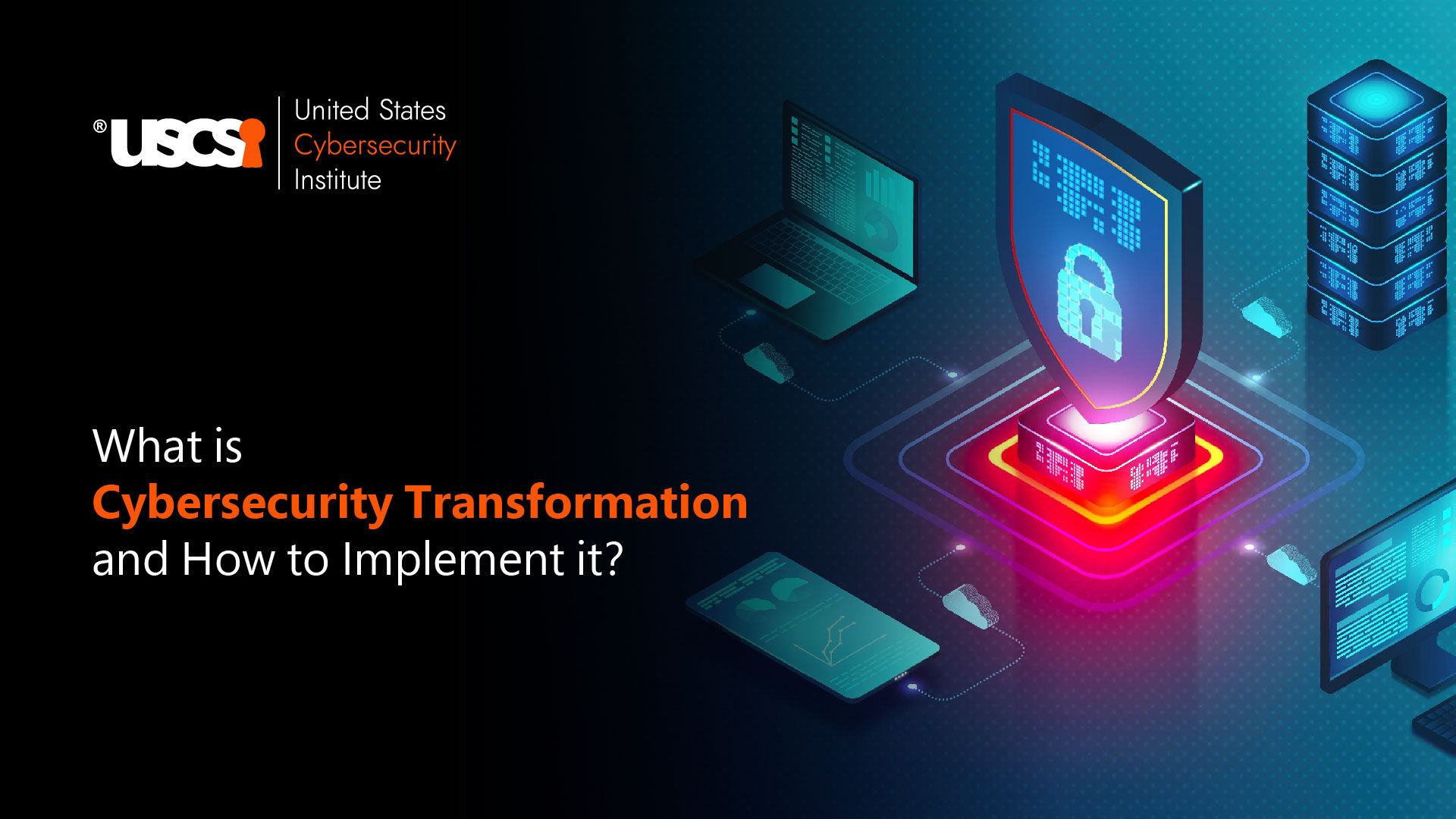

Cybersecurity Programs for Organizations to Become Resilient
The function of protecting potential and private data along with work papers becomes a difficult assignment in today's technologically advanced environment when everything is set up to work over the internet. This is the situation where cybersecurity software is required. So, let's first examine what a cybersecurity program is, as well as the requirements and advantages it offers technology-driven enterprises.
A cybersecurity program consists of a set of policies, procedures, and technical measures used to protect an organization's information systems, networks, and data from cyber threats and vulnerabilities. The goal of a cybersecurity program is to prevent unauthorized access to, use, disclosure, disruption, modification, or destruction of an organization's information and systems.
To achieve this goal, a cybersecurity program typically includes the following elements:
- Risk assessment: This involves identifying and evaluating the risks to which the organization's information systems, networks, and data are exposed to cyber threats and vulnerabilities.
- Policy and Procedure Development: This involves creating and implementing policies and procedures that define the appropriate use of the organization's information ecosystems, as well as the procedures for responding to and mitigating cybersecurity incidents.
- Security architecture and design: This involves designing and implementing the technical controls and measures that will be used to protect the organization's information systems, networks, and data.
- Security management: this involves managing and maintaining the organization's cybersecurity program, including ongoing risk assessments, security testing, and security training and awareness programs.
- Incident Response: This includes developing and implementing a cybersecurity incident response and mitigation plan, including incident identification, mitigation, remediation, and recovery.
Overall, a cybersecurity program is an ongoing process that requires continuous monitoring, testing, and updating to ensure that the organization's information systems, networks, and data are protected from evolving cyber threats and vulnerabilities.
Why Is Cybersecurity Program Essential for Organizations, their Needs, and Benefits?
Cybersecurity programs are essential for organizations because they help protect against a variety of cyber threats and vulnerabilities that can have serious consequences for the business. These threats and vulnerabilities can include:
- Data breaches: Cyber criminals can gain unauthorized access to a company's sensitive data, such as customer information or financial data, and use it to their own advantage.
- Ransomware attacks: Cyber criminals can infect a company's systems with malware that encrypts important data and demands a ransom for the decryption key.
- Denial-of-service attacks: Cyber criminals can overload a company's systems and networks with traffic, rendering them unusable.
- Phishing attacks: Cyber criminals can send fake emails or other messages pretending to come from a legitimate source in an attempt to trick users into revealing confidential information or installing malware.
A cybersecurity program helps companies prevent these types of attacks and protect themselves from the resulting damage, such as financial loss, damage to their image, and legal liabilities.
In addition to these benefits, a cybersecurity program can also help organizations meet regulatory requirements and industry standards, such as the Payment Card Industry Data Security Standard (PCI DSS) or the Health Insurance Portability and Accountability Act (HIPAA).
Overall, a cybersecurity program is essential to help organizations protect their information systems, networks, and data from cyber threats and vulnerabilities and ensure the confidentiality, integrity, and availability of their systems and data.
Building Robust Cybersecurity Program
Building a robust cybersecurity program for an organization requires careful planning and a multi-faceted approach. Below are some key considerations to keep in mind as you build your program:
- Define your security goals: The first step in building a cybersecurity program is to identify your organization's specific security needs and goals. This will help you determine which security measures should take priority and how to allocate resources.
- Conduct a risk assessment: A risk assessment is a systematic process for identifying and analyzing potential threats to your organization's information assets. This helps you understand the vulnerabilities and risks that need to be considered when building your security program.
- Implement strong security controls: Strong security controls are essential to protecting your organization's assets and data. These controls include firewalls, intrusion detection systems, and encryption. Be sure to regularly update and test these controls to ensure they are effective.
- Create a security policy: A security policy is a written document that outlines the security measures your organization takes to protect its assets. This policy should be reviewed and updated regularly to ensure it is current and effective.
- Train employees: Training your employees on cybersecurity is an important part of building a solid program. This can include training on identifying and reporting potential threats, as well as data security best practices. Employees must get certified by upgrading their skills through cybersecurity certifications.
- Establish incident response procedures: The question isn't if, but when your organization will be impacted by a cybersecurity incident. A well-defined incident response plan will help you minimize the impact of an incident and restore your organization to normal operations as quickly as possible.
- Continuously monitor and assess your security posture: Cyber threats are constantly evolving, so it's important to regularly review and update your security measures. This may include conducting additional risk assessments, testing security controls, and reviewing and updating your security policies.
By following these steps, you can build a robust cybersecurity program that will make your organization more resilient to potential threats. It's also important to seek advice and support from cybersecurity experts and industry best practices as you build your program.





